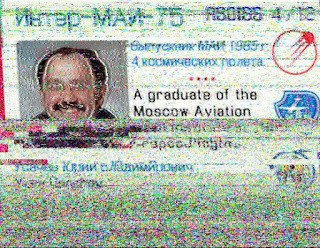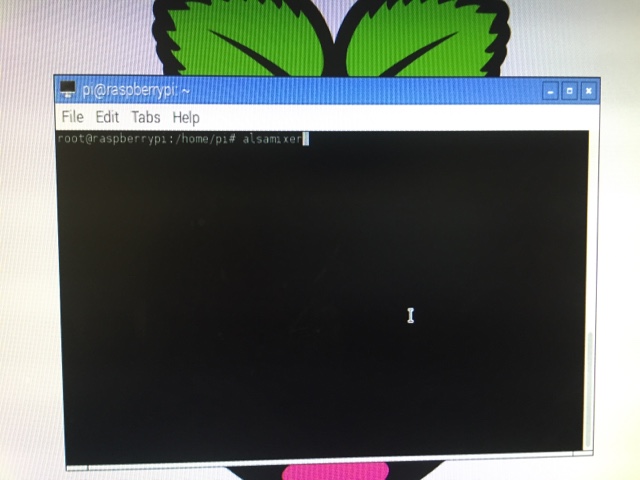I know we are late to the party on the whole Mr Robot TV series but in all seriousness, I have now read at least 5 articles trying to show you how to create a tunnel from you work / school / evil corp's network but none of them teach you the correct way .
Our proposal is to set up a Raspberry Pi and allow you to set up tunnels and learn how to make this work. We will work interactivity with you and help you each step of the way.
This way you get real world exposure to accessing a pi on the Internet and seeing its true potential.
SSH (Secure Socket Shell) is an encrypted protocol to allow and administrator secure command line access to his Linux / Unix boxes. However you can also create secure tunnels between 2 boxes (servers) and like in the TV series Mr Robot a reverse tunnel or call home feature.
You will need a linux box (like a raspberry pi) at home, in your office or at school / hack space
Title: Request to join SSH classes
Let us know your name / handle and we will set you up an account on our Pi / Server
We will then send you a list of tasks.
Each task you will be required to give us some data to prove you have completed it.
All users will have different data / tasks may be changed..No cheating (you are welcome to work as a team / group)
You will learn at least the following tasks
1:-Be able to use putty or ssh command line to ssh between computers
2:-Change your password
3:-Create a tunnel from your Linux box to our Linux box
4:-Get our Linux box to call your Linux box and create a reverse tunnel (then log in)
This is what Mr Robot did, and will allow you to gain access to a secure network or get through the office firewall or school proxy server.
5:-ow you got a tunnel what can you do with it...With power come great responsibility !!
6:-Share your experience and new found powers with others.
This is a FREE and fun training course to help ensure you understand what is being done and how to do it right.
You will be amazed at what you can do once you have created a SSH Tunnel....
We look forward to getting your e-mail soon and always feel free to ask questions / we can when free give remote sessions to show how things are done, we can also post some videos as needed.
Have fun
Hal...













